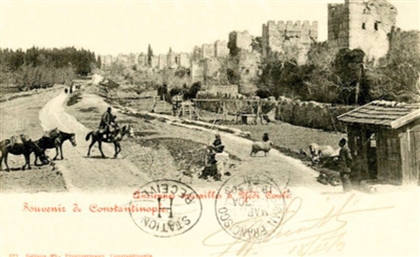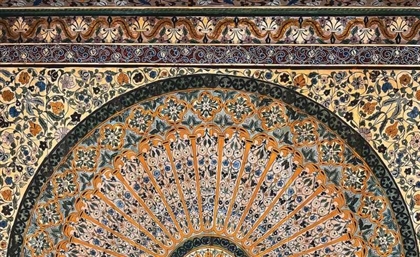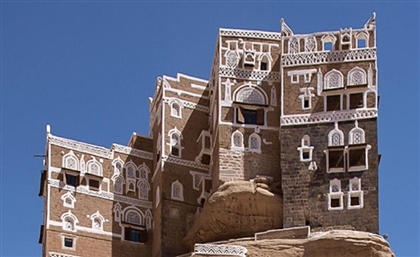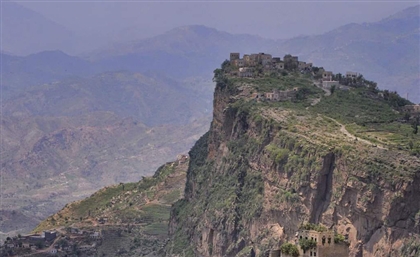Reel Histories of the Arab World’s Oldest Theatres
Long before streaming took over, these film theatres shaped how the Arab world fell in love with cinema. Some still stand, holding stories of generations past.
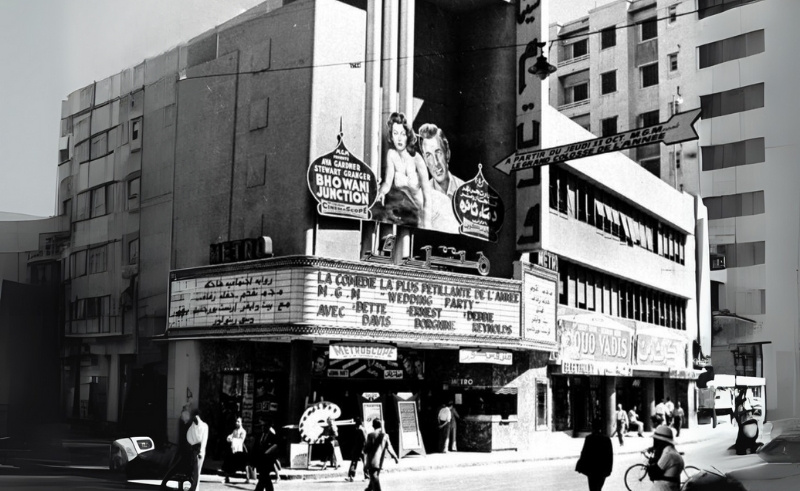
In 1895, cinema was born. In the French coastal town of La Ciotat along the Mediterranean, the Lumière brothers screened ‘L'arrivée d'un train en gare de La Ciotat’ at the Eden Theatre - now considered the oldest purpose-built cinema still in operation. This moment marked the public birth of film as both an art form and a collective experience. And it didn’t stay in France for long. Crossing oceans and borders, it found new audiences around the globe. Everything started to change, rapidly, violently, and so quickly. Films stormed every means of expressionism out there and, in the process, changed how we literally view life.
The Middle East and North Africa - dreamy, reflective, and rich in storytelling, qualities that are evident in our folklore - embraced this new medium with open arms. In a time when much of the Arab world was under the plague of colonialism, a factor that ironically accelerated cinema’s arrival, films offered a glimpse of hope and a window into other possibilities. Film theatres began to appear, and audiences were obsessed with these ‘moving pictures’. Just a year after the Lumières’ screening, one of the earliest film showings in the world took place in Egypt, at the Zawani Café in Alexandria, in January 1896.
Since then, our love for cinema has been undeniable. The buildings that housed these films became places where we shared our deepest fears, hopes, and desires. So, we've taken the opportunity to rewind and take a look at some of the oldest film theatres across the Middle East and North Africa, from Al Maghreb to Egypt to the Levant, where some of these spaces still stand...
Diana Palace Cinema, Cairo
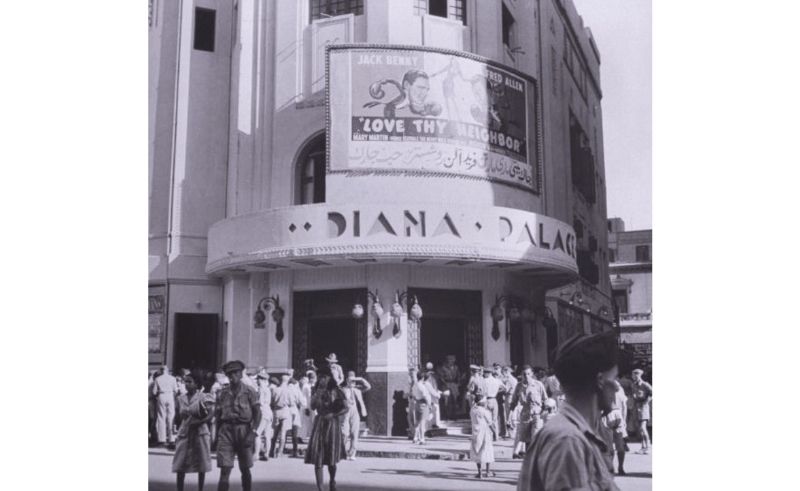
Originally opened in 1932 as Diana Palace, the cinema was once one of Cairo’s most luxurious and expansive movie theatres, with a grand hall that could seat up to 1,500 people. Designed by Italian architect Gaston Rossi, it quickly became a cultural fixture in the city. The building was damaged during the Cairo fire of 1952 but reopened in 1960 under a new name - Cinema Diana. Located at the intersection of Al-Alfi Street and Bustan Al-Dikka in the Azbakeya district of Downtown Cairo, the cinema has since shifted into the category of second-run theatres. Still, it remains one of the oldest standing film venues in Egypt, a familiar presence tied to the city's deep-rooted cinematic history.
Empire Cinema, Beirut
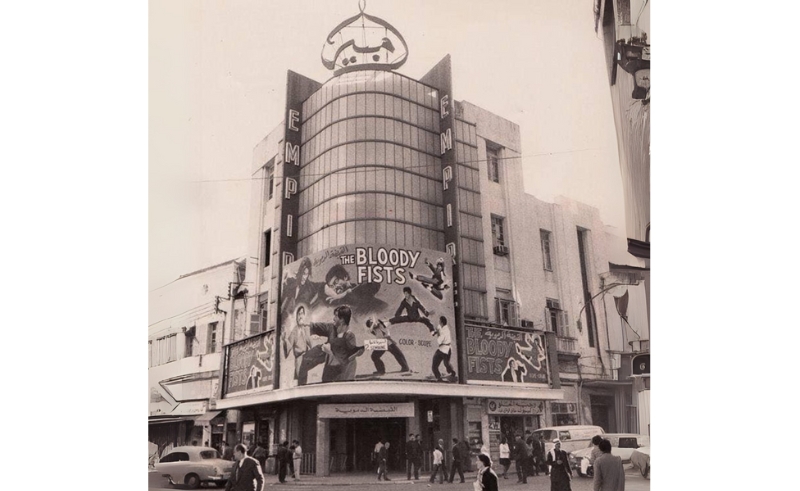
Originally built as a hotel, the building was converted into a theatre in 1920 by George Haddad and Nicola Kattan, who saw its potential as a cultural space. Just nine years later, in 1929, it was transformed into a film theatre, r. Since then, it has screened countless films from around the world and has remained a cherished destination for generations of moviegoers. Today, Empire stands as one of the oldest surviving cinemas in Lebanon, and a witness to the country’s long love affair with cinema.
Cinema Rialto, Casablanca
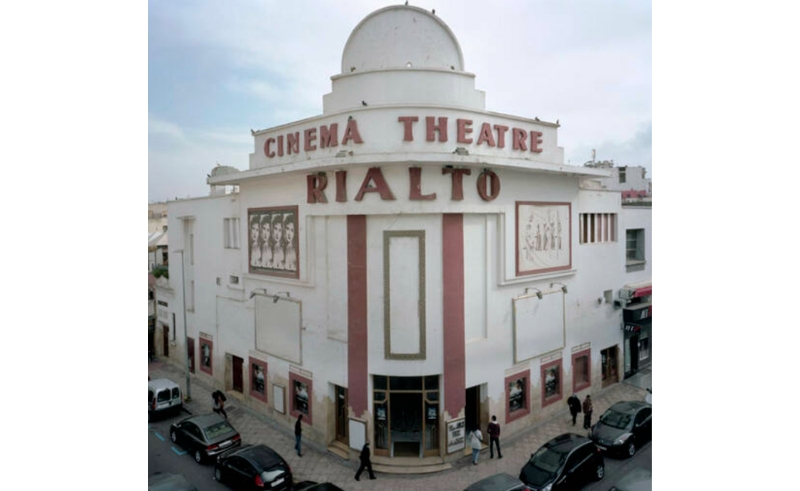
Cinema Rialto is one of Casablanca’s most iconic landmarks, opened in 1929 during the French colonial era. Known for its striking Art Deco architecture and 1,350-seat hall, it was once the go-to spot for moviegoers in Morocco. Over the years, it hosted everything from blockbuster films to live performances by international stars like Edith Piaf and Josephine Baker. Though its popularity has faded with time and multiplexes, Cinema Rialto still stands—and occasionally screens films—offering a nostalgic glimpse into Casablanca’s cinematic golden age.
Cinema Dimashq, Damascus
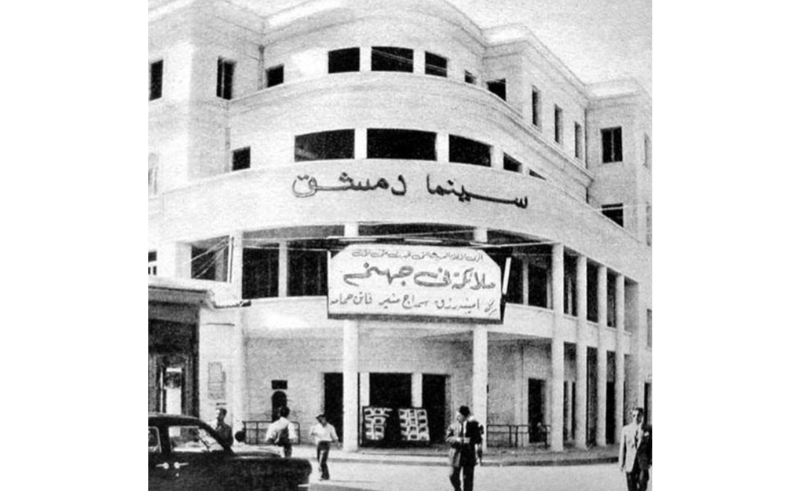
Cinema Dimashq opened its doors in 1943 and quickly became a landmark in Damascus, bringing the magic of cinema to Syrian audiences. With 1,500 seats, it was one of the biggest single-room theaters in the Arab world. After shutting down in 2005, it made a comeback in 2009 as Cinema City - renovated, and rebranded. Today, it houses four mid-sized screening rooms and remains the only cinema in Syria that regularly screens new American and European releases.
Cinema Le Palace, Tunis
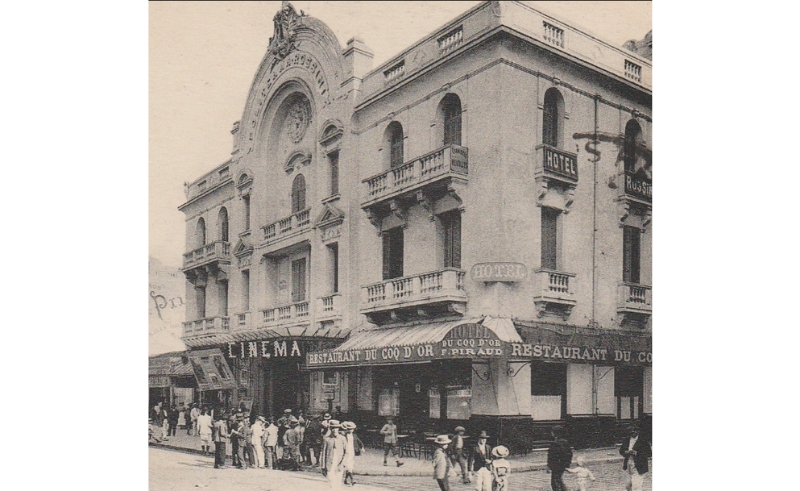
Cinema Le Palace, originally opened in 1903 as Politeama Rossini, was built as a theatre for Tunisia’s Italian community. Located on Avenue Habib Bourguiba in Tunis, the venue was converted into a furniture store in 1923, before later becoming a cinema. In 2002, the building’s historic façade was restored by the Association for the Protection of the Medina of Tunis as part of wider beautification efforts along the avenue. Today, it continues to operate as a movie theatre.
Ciné-Palace Theater, Marrakech
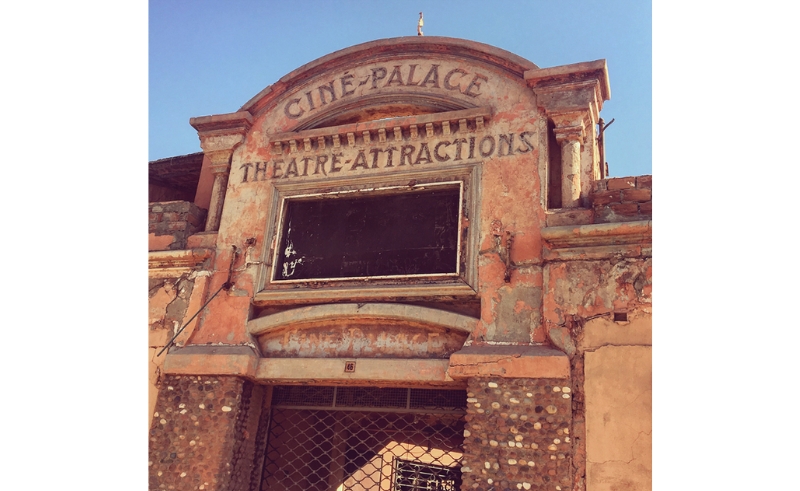
Built in 1926 by architect Serge Escharavil during the French protectorate, Ciné-Palace in Marrakech was the vision of Monsieur Friggeri, who dreamed of creating an artistic, multicultural cinema. Throughout the 1930s, it hosted renowned performers like Nat King Cole and Rita Hayworth. Often seen as Marrakech’s answer to France’s Eden Theatre, Ciné-Palace stood as a cultural hub for nearly four decades before closing in 1984, eventually overshadowed by the rise of luxury hotels.
Metro Cinema, Alexandria
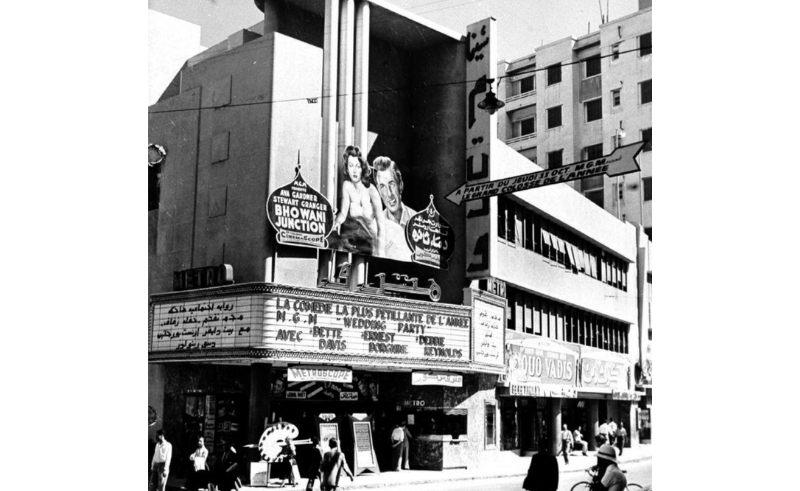
Metro Cinema in Alexandria opened in 1950 as part of the Metro-Goldwyn-Mayer chain, bringing international films and studio prestige to the city’s growing cinema scene. It stood out for its sleek design and strong programming mix, showing both local and foreign titles. While it’s no longer the draw it once was, its presence remains part of Alexandria’s film-going history - less nostalgia, more cultural fixture.
Al Hussein Cinema, Amman
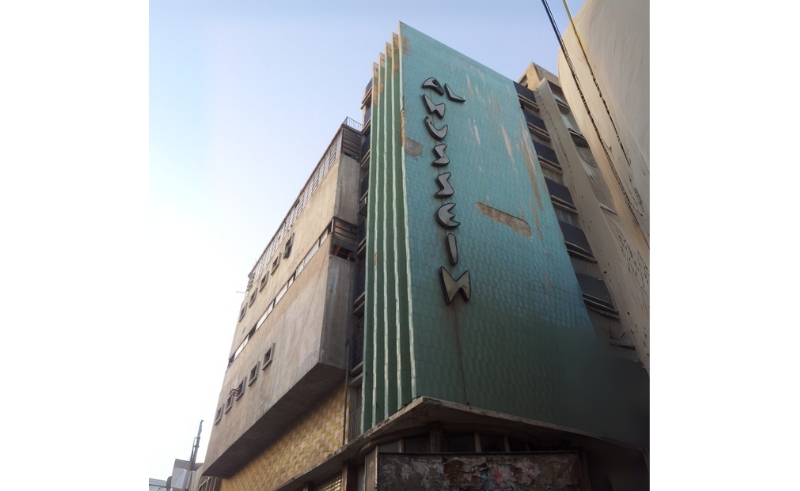
Cinema Al-Hussein opened in 1959 in downtown Amman, Jordan, and quickly became a major cultural hotspot. Designed by Egyptian architect Sayed Karim, it stood out for its bold Art Deco style and modern design. It screened major international films and was popular through the 1960s and ’70s. But with the rise of suburban cinemas and shifting city life, it eventually closed. Today, the building still stands - empty and neglected.
- Previous Article The Most Vibrant Markets Across the Middle East & Beyond
- Next Article Six Unexpected Natural Wonders to Explore in Egypt




